Eikokuya Tea Shop - find your favorite black tea from more than 200 varieties in Kakuozan.

Table of Contents
Established in Kakuozan, Nagoya in 1978, "Eikokuya Tea Shop" is a black tea specialty store that offers over 200 varieties of black tea from all over the world.
Whether you like tea or are not that familiar with it, you will be drawn into the fascinating world of tea here. In this issue, I will introduce how to choose tea and how to make delicious tea at home.
Kakuozan's long-established black tea shop since 1978

Eikokuya Black Tea Shop opened as a specialty tea store, which was still rare at that time. Mr. Arakawa, the current chairman and founder of the company, began importing tea from Sri Lanka on his own and started the business in the store next door, which is now an Indian restaurant. Soon after, he moved to the current location, where he continues to operate today.

Many types of tea are displayed on the shelves inside the store. There are over 200 varieties, mainly from seven countries including India, Sri Lanka, Germany, the Netherlands, and China, and further divided by production area.

One of the store's most popular products is Darjeeling from India. They buy directly from the local market and are so particular that they regularly visit local tea gardens.
Even though it is called Darjeeling, the taste varies depending on the season (spring, summer, autumn) when it is harvested.

Those harvested in the spring of March and April are called “first flush,” and have a green tea-like flavor. Properly fermented, this tea has a deep flavor and is very popular among Japanese people.
In addition, what is caught in summer is called "second flush" and is said to be the best season in Darjeeling. It is characterized by a stable taste and a scent that remains.

And in autumn, there is "Autumnal". The tea has no bitterness and is mellow, and as fermentation progresses, the color becomes darker and the tea has a richer flavor. It is said to be especially recommended in winter, as it will arrive in Japan at the end of December.

It is also important to check the best time of the season for drinking, depending on the production area and type of tea. For example, Ceylon tea in Sri Lanka is the best in August and "winter flush" in January and February is the best for Nilgiri tea in India.

You might not familiar with Chinese black tea, but they also handle "Keemun tea", one of the world's three major teas. Eikokuya Tea Shop is one of the few stores in Japan that deals with this tea that carries a smoky scent that resembles the fragrance of an orchid flower.

In addition to black tea, there is also a wide selection of herbal teas.


In addition, there are authentic spices and seasonings, perfect for those who want to enjoy authentic cooking at home!
How do I choose the right tea for me?

If you are not that familiar with tea, you may be wondering how to choose your favorite tea from among the many available. I asked their staff for their tips on choosing a tea.
Milk tea or straight tea?

<Milk tea group / Those who want to enjoy richness and deep flavor>
Sri Lanka's "Sabaragamua" and "Ruhuna" are recommended<Straight tea group / those who want to enjoy fragrance>
India's Darjeeling and Sri Lanka's "Nuwara Eliya" and "Uva" are recommended
First of all, it's good to see the difference between milk tea and straight tea, and then look at the differences depending on the production area.

Ceylon 7 production area drink comparison set (2g x 3P x 7 types / 756 yen)
For those who want to try a variety of teas, there is also a set for comparing teas. The set includes 7 types of Sri Lankan Ceylon tea bags by region, from straight tea to milk tea, so you can start by trying different types to find your favorite.

You can also get a map and materials of the production area in the store, so it will be a reference when choosing!
How to make delicious tea at home

Tasting cup (1,430 yen per cup)
I also asked how to make a good cup of tea for those who want to enjoy it at home.
First, prepare a cup with a lid or a teapot and cup. It is best to keep them warm if possible!
Put 3 grams (1 serving) of tea leaves into a cup or pot.

Pour 180cc (1 serving) of hot water heated to 100 degrees.

After pouring hot water, cover it and let it steam for 5 minutes. The point here is to keep the scent from escaping by putting the lid on.

After 5 minutes, strain the tea leaves and pour in the black tea.
*The tasting cup in the photo has a special spout so that tea leaves do not enter the cup. It is usually handled with a tea strainer.


It is served up to the last drop. The umami is said to be concentrated. By the way, for milk tea, you can use 100 cc of hot water and add milk afterwards.

Take out the tea leaves and enjoy the color of the tea leaves, the color of the tea, and the aroma.
This time I had two kinds of tea made for easy understanding.
The one on the right is Darjeeling First Flush and the one on the left is Autumnul. The difference in color is obvious, but the taste is so different that it is hard to believe that they are the same Darjeeling!
There is also a drink comparison set where you can enjoy the 3 seasons of spring, summer, and autumn picking in one box (2g x 4P x 3 types / 1,296 yen)
3 recommended black teas

Ruhuna from Sri Lanka (2g x 24 tea bags / 410 yen)
I asked the staff about Eikokuya's recommended black tea.
For milk tea lovers, they recommend the Sri Lankan Ceylon tea “Ruhuna”. It's recommended for those who want to enjoy the full-bodied, sweet flavor. It is a rare tea that is rarely handled even in Japan.

Indian Autumnal (50g 3,240 yen)
If you want to enjoy it as a straight tea, the Indian Darjeeling "Autumnul" introduced earlier is recommended. This time of year (winter) is the best time to drink it, with a mellow and aromatic finish.

Indian Assam Tiger (2g x 24 tea bags / 410 yen)
And the "Assam Tiger" that is perfect for the year of the tiger in 2022. This is also for milk tea, but as it is also known as "Golden Tips Tea", it is characterized by the light-colored gold sprouts called "golden tips" in the tea leaves. It has a sweet aroma and a deep rich and powerful taste of gold sprouts.

Even if you don't know much about tea, the world of black tea is a profound one if you know it. Since black tea is entirely fermented, it is a drink that warms the body, especially during the cold winter months. Try comparing different kinds of black tea, or try adding honey or ginger to your favorite tea and drink it in your own way!

As a side note, you can also get something unusual at the store. It is a map of the area around the store from the early Showa period, which is available free of charge if you wish to have it. The road in front of the store used to be the approach to Nittaiji Temple, and real elephants used to walk there. It is interesting to touch such history.
▼Check this out too!




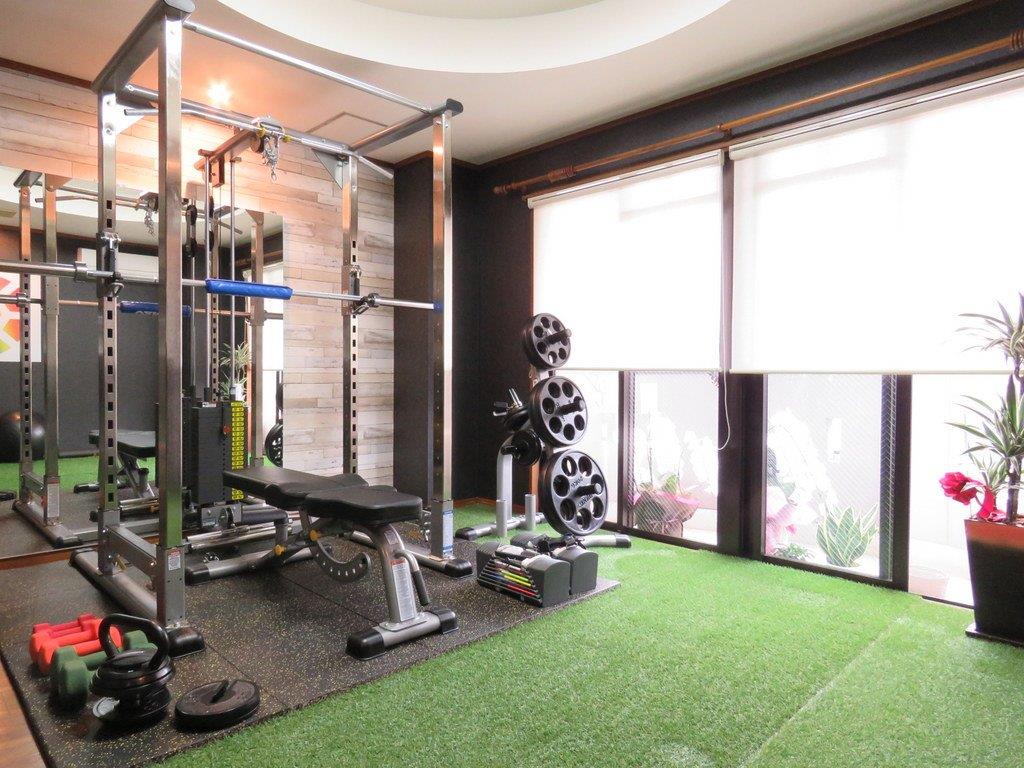
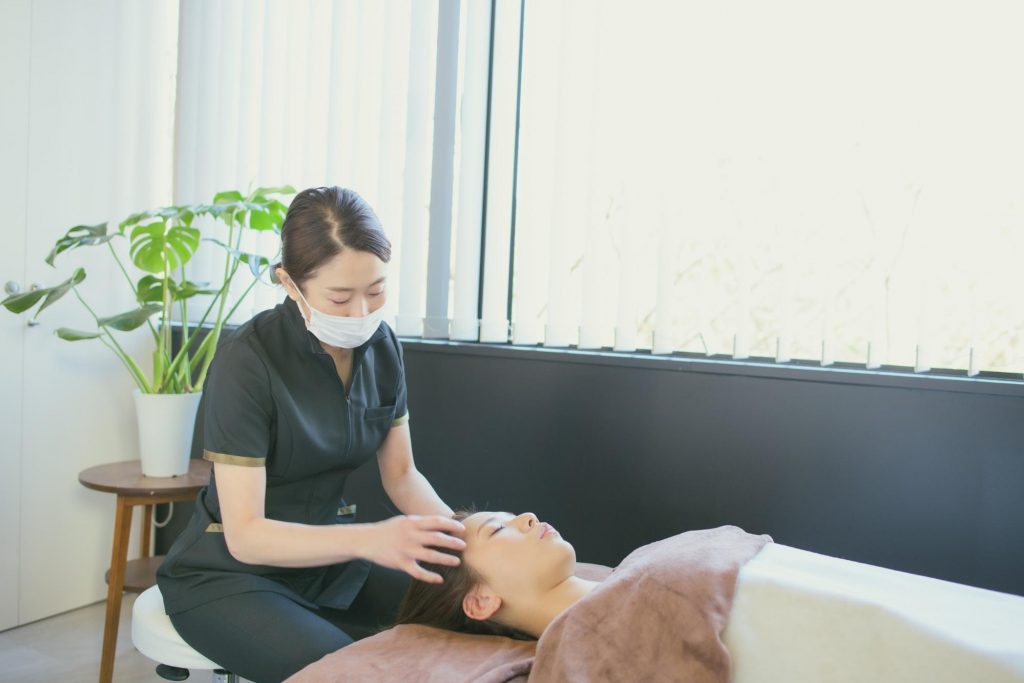

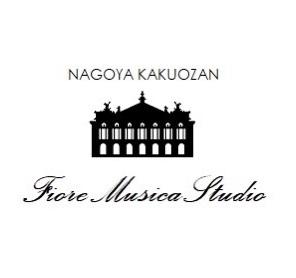
![[Issha, Nagoya] Milk tea and Chai Specialty Store "McQun Chai"](https://life-designs.jp/wp/wp-content/uploads/2022/03/c78a3727676d9e959f67895e2984687b-1024x683.jpg)
![[Nagoya] Have a Blissful Tea Time at "Ronnefeldt Tea Salon Nagoya"](https://life-designs.jp/wp/wp-content/uploads/2021/08/image17-6-1-1024x708.jpg)

![[Indoor Facilities] Where to Go on Rainy Days in Tokai Area! For Family Outings!](https://life-designs.jp/wp/wp-content/uploads/2023/07/FotoJet-23.jpg)





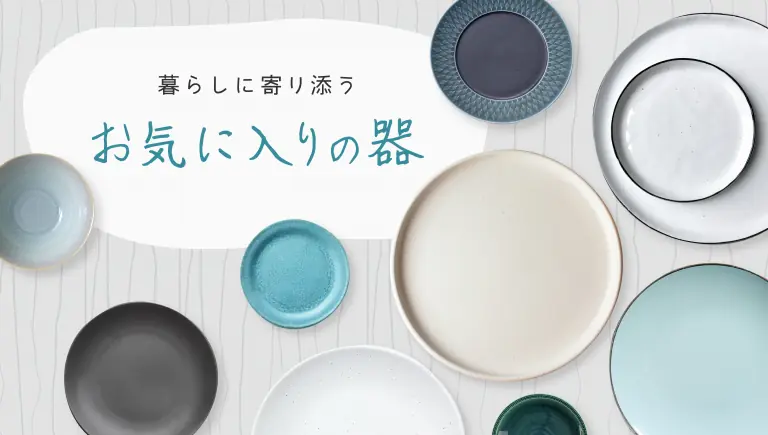
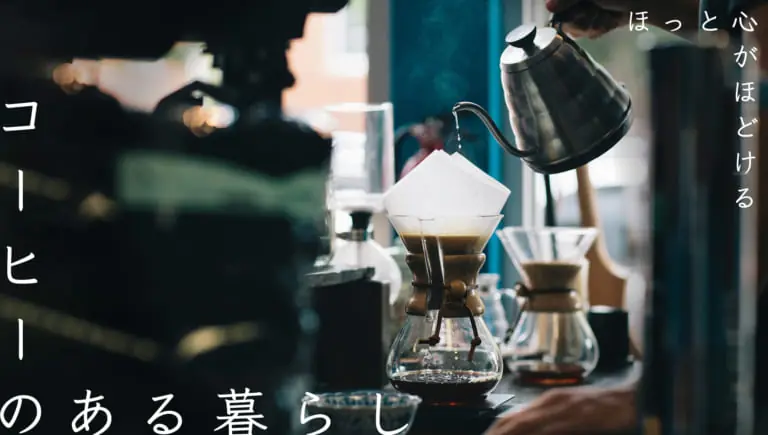
![[Osu Special Feature] A City of History and Uniqueness](https://life-designs.jp/wp/wp-content/uploads/2022/03/01_Osu-1-1024x580.png)
![[Tokai Area] Place to Go on Rainy Days!](https://life-designs.jp/wp/wp-content/uploads/2022/03/f76405aaa33944a4ba88a131fbc56523-1024x580.png)
![[Sauna Specials] Feel Revitalized in Sauna!](https://life-designs.jp/wp/wp-content/uploads/2021/07/Sauna-1024x580.jpg)
![[Special Feature] Enjoy Your Day at a Park!](https://life-designs.jp/wp/wp-content/uploads/2019/12/LD_banner_w1920x1088_park-1-1024x580.jpg)

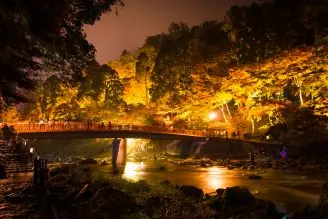
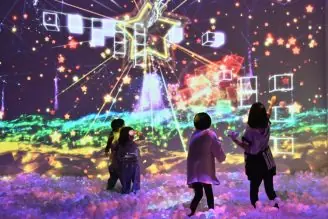
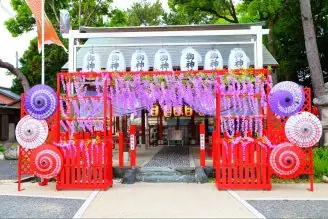
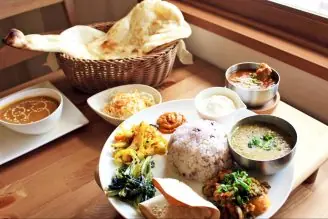
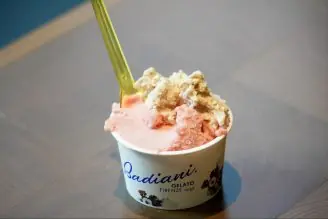
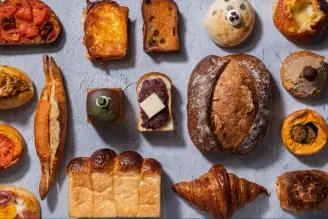

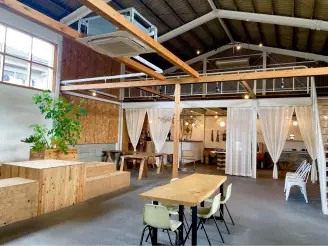

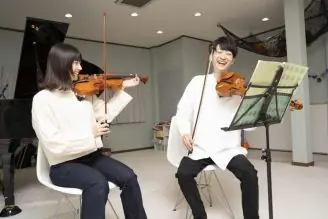

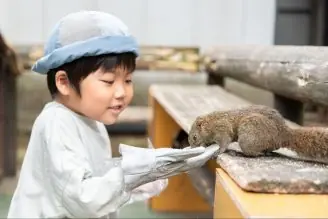
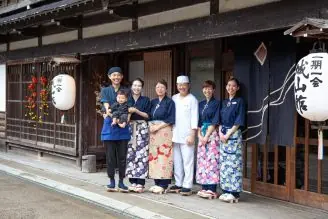
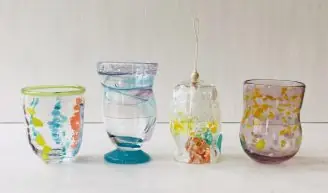
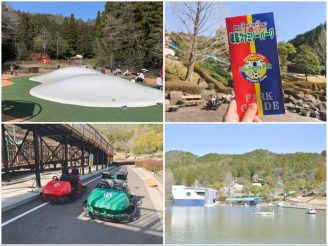
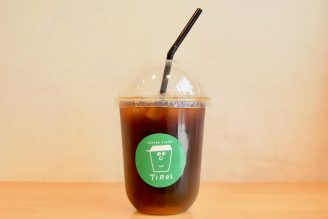


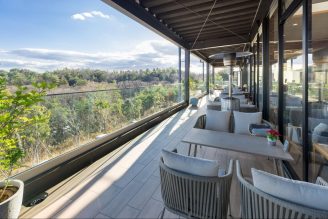

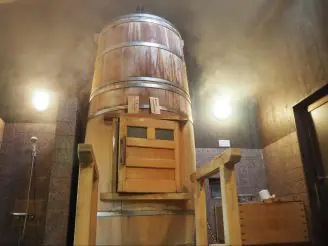

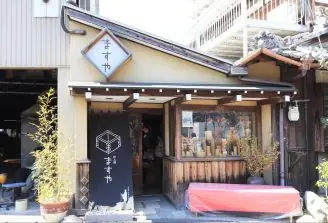
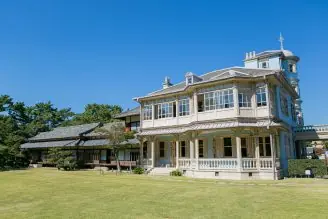
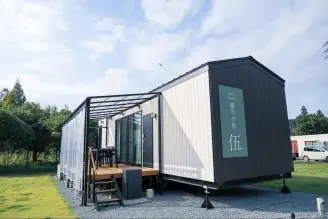

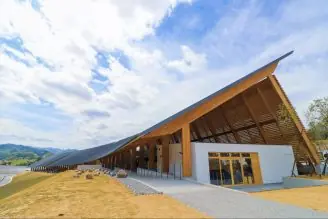
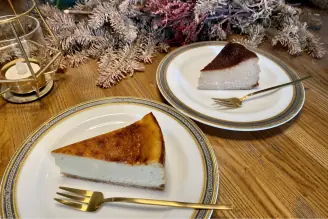
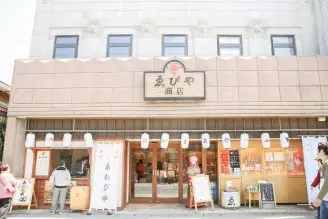
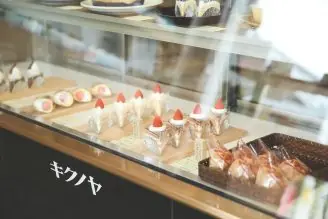
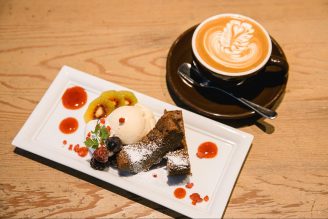
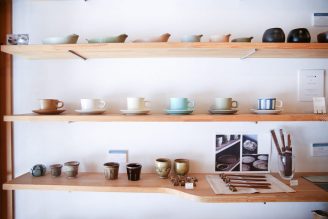
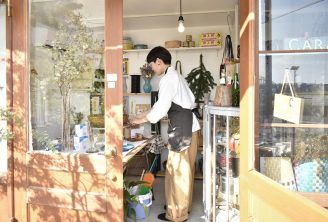
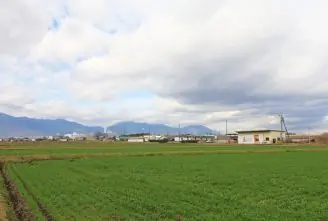

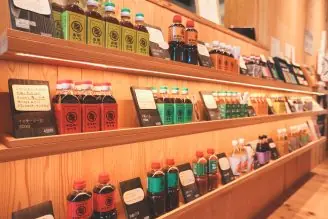

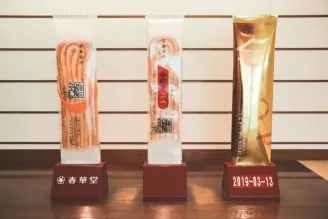





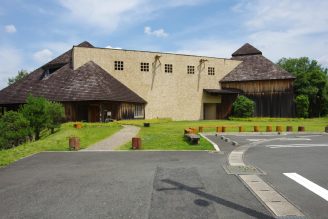

![[Indoor Facilities] Where to Go on Rainy Days in Tokai Area! For Family Outings!](https://life-designs.jp/wp/wp-content/uploads/2023/07/FotoJet-23-1024x768.jpg)
![Onigiri is hot right now! Summary of Osu's Onigiri Specialty Shops [5 selections].](https://life-designs.jp/wp/wp-content/uploads/2023/11/onigiri-1024x768.jpg)

![[9 Selections] Summary of Retro Coffee Shops in Nagoya](https://life-designs.jp/wp/wp-content/uploads/2021/11/image1-30-1024x683.jpg)
![[20 Selections] Nagoya Souvenirs: Non-Sweet & Recommended Snacks Available at Nagoya Station](https://life-designs.jp/wp/wp-content/uploads/2025/07/image3-2-1024x683.jpg)
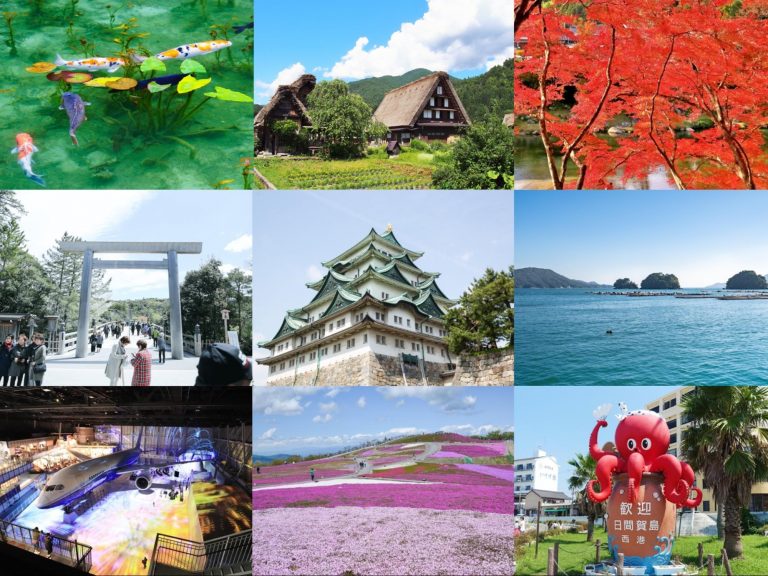
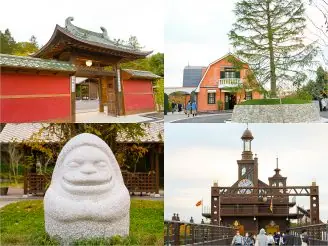
![[Within 2hrs by Car] 12 Outing Areas where You can Go on a Day Trip from Nagoya!](https://life-designs.jp/wp/wp-content/uploads/2023/07/odekake12_w1200h900_20240422-328x246.png)
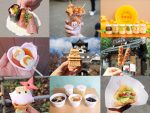
![[Aichi, Gifu, Mie] 30 Family-Friendly Spots to Go in Winter!](https://life-designs.jp/wp/wp-content/uploads/2019/12/image21-1-150x106.png)
